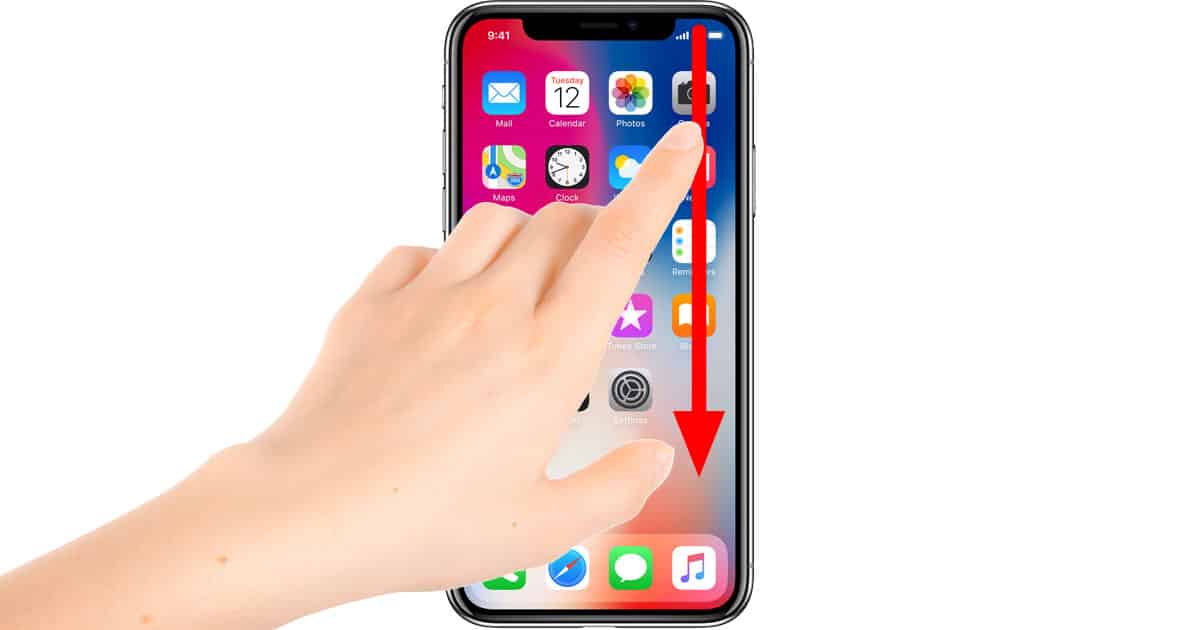
When you land in the second position, this strong tap is repeated. As you slide your finger to the first position, you'll feel a stronger tap. When you put your finger in the right place and hear the first sound, you'll get a gentle tap. If you're using an iPhone that supports haptic feedback (all modern ones do), you'll also get haptics. This cancels the action and returns you to normal, with VoiceOver speaking what's under your finger.

You can also leave your finger in one place for a moment. If you start this gesture accidentally, or decide partway through that you don't want to complete it, just slide your finger some way left or right. The first instance of the sound-heard when your finger lands on the right place-is the lowest-pitched of the three iOS will produce. This same sound, at higher pitches, is used to indicate what will happen during your swipe. You'll know if you've started in the right place by the special sound iOS will make. You have to start from the area very close to the top or bottom edge too far from that and iOS will assume you're just touching the screen like normal, not trying to perform one of these new commands. If you're on the top, you slide down if you're on the bottom, you slide up.

The basic idea is this: you take one finger, place it on the very top or bottom of the screen, and slide it toward the other end. The below applies to all iOS and iPadOS devices I know of, running version 12 or newer. It seems like this new way of doing things is here to stay, so I wanted to try to demystify it. In iOS 12, Apple brought similar gestures to iPad, even the models that still have a home button. When iPhone X was released, it introduced a few swipe gestures to replace the Home Button.


 0 kommentar(er)
0 kommentar(er)
